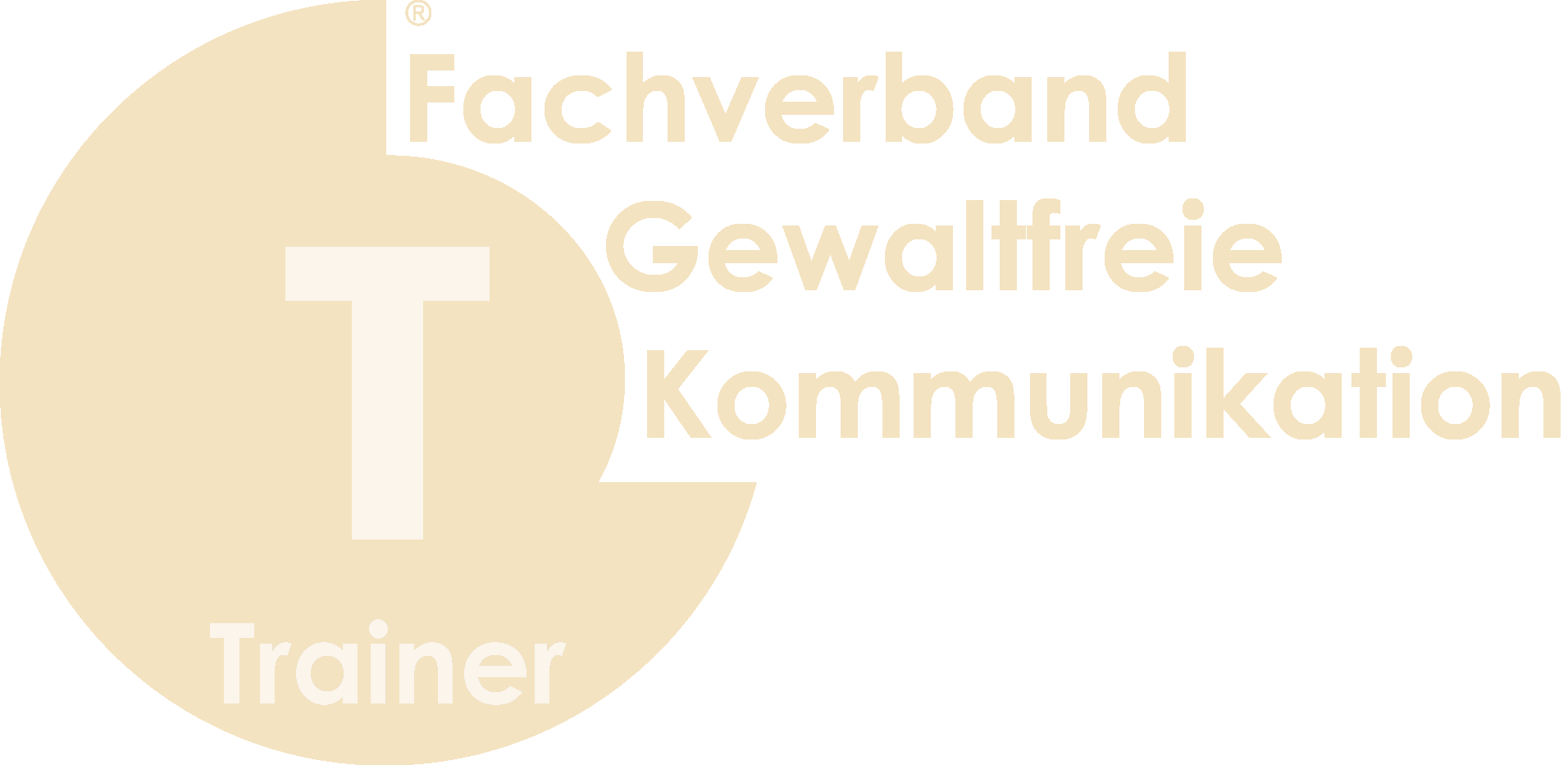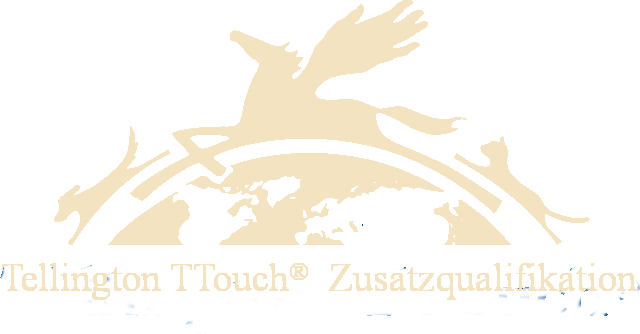Communications
As a dog trainer and behavioural consultant I see myself as a communication trainer for humans. Because it is all about enabling and improving communication beyond the boundaries of one's own species.
Cross species
If you want to train an animal, you want to change its behaviour or establish a new behaviour. You have to communicate this to the animal, i.e. you have to communicate!
It becomes exciting when the animal and the trainer speak different languages: Imagine that you have to ask someone in a country whose language you do not speak to explain the way to the station. If words don't work, use "hands and feet".
So we have to try to explain to the animal what we want to do, but we also have to understand what answers the animal gives us. The learning theory gives us a very good idea how animals learn. But each species of animal can only show certain behaviour. Also the answer remains of course within the possibilities of this animal species. If we look at dogs, for example, there are already breed-related differences in what a dog can do. Furthermore, animals are individuals and therefore have very individual possibilities and characteristics.
From this you can see very quickly that there can be no generally valid training instructions for a behaviour. For a professional and species-appropriate training, it is therefore not only essential that the trainer is familiar with the species-specific possibilities, but he must also be able to draw up an individual training plan for each animal.
Among humans
When we speak of communication, we mean above all conversations or letters, e-mails etc., i.e. words. But words are only the tip of the iceberg in human communication. Gestures, facial expressions, tone of voice, volume and even the whole body posture are usually used unconsciously for communication. In this way a lot of information is given about approval or rejection, sympathy or antipathy and much more. This often happens without us consciously sending or receiving this information. This is a great pity, because communication becomes much easier when we can use all channels.
Usually we want to achieve something with our communication. This is much easier if it is possible to perceive and respond to our counterpart.
I would like to mention two proverbs here that remind me of the essential.
We reap what we saw.
Live and let live.
Differences and contrasts are easy to notice, recognizing them brings us together.
There is a, in my opinion, very beautiful method for communication in difficult situations. It is called "non-violent communication" and was developed by Marshall Rosenberg. Here, the appreciation of the other person and cooperation are in the foreground.
Technical
I'd like to make a small technical digression here, because as abstract and simple as the connections here are, they are fundamental for communication in general, and thus also for communication between living beings.
Technically speaking, communication is the transmission of data. No more and no less. Through the context of the recipient, the data becomes information.
Here is an example: If I say "That's a big one!"
What do you think? What do I think? A tree? A beetle? A cake?
The context is created on the one hand by own experiences and on the other hand by the situation and previous conversations.
It is important that the receiver can only understand what the sender means if the context is at least approximately the same as that of the sender. Otherwise, the receiver may believe that he has understood exactly the right thing, but the sender meant something completely different.
The dialogue
S: "That's a big one! You know what I mean?"
E: "Yeah."
says nothing about whether the receiver received the information the sender intended to transmit.





